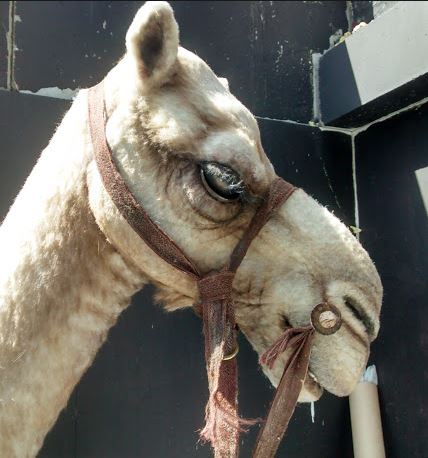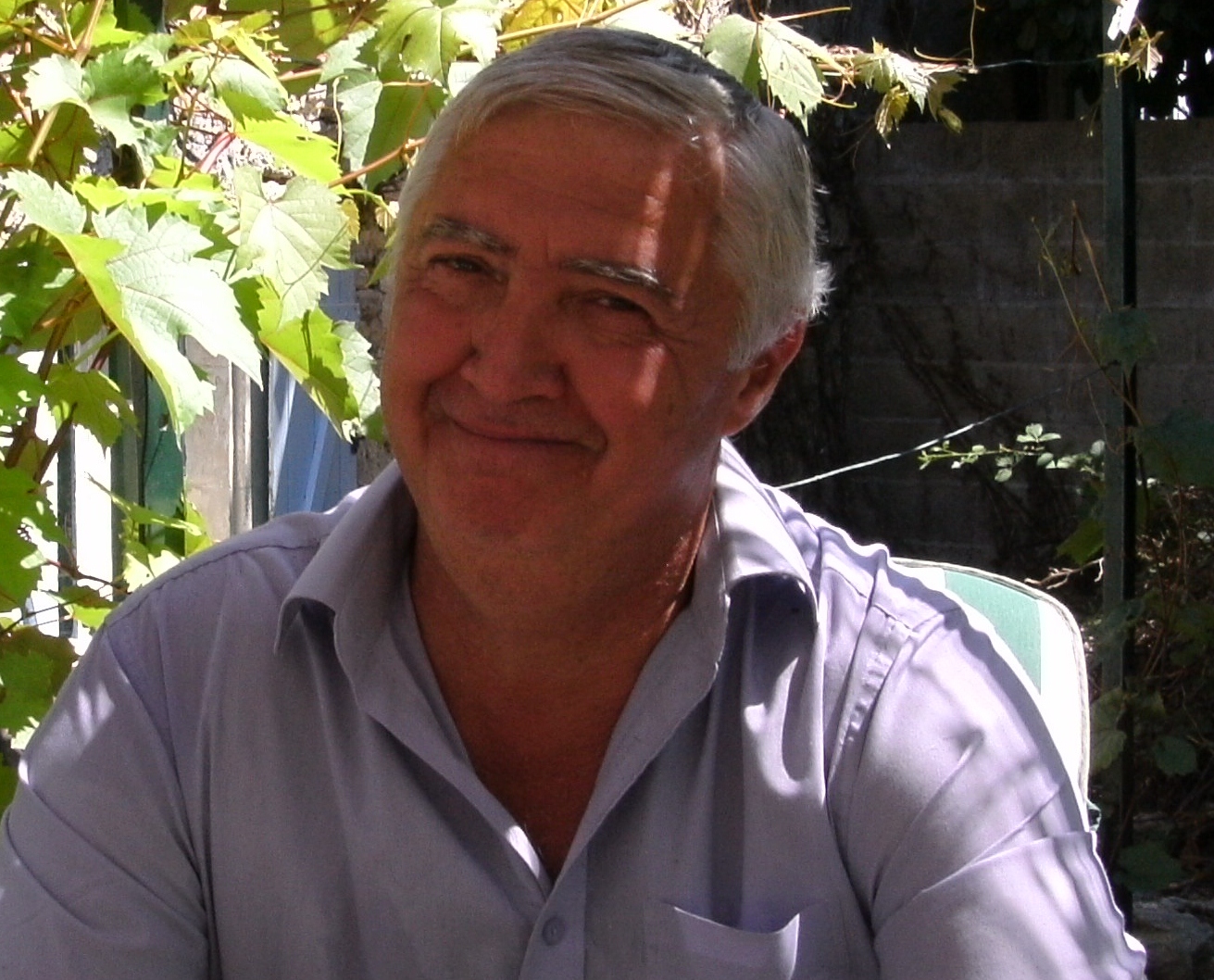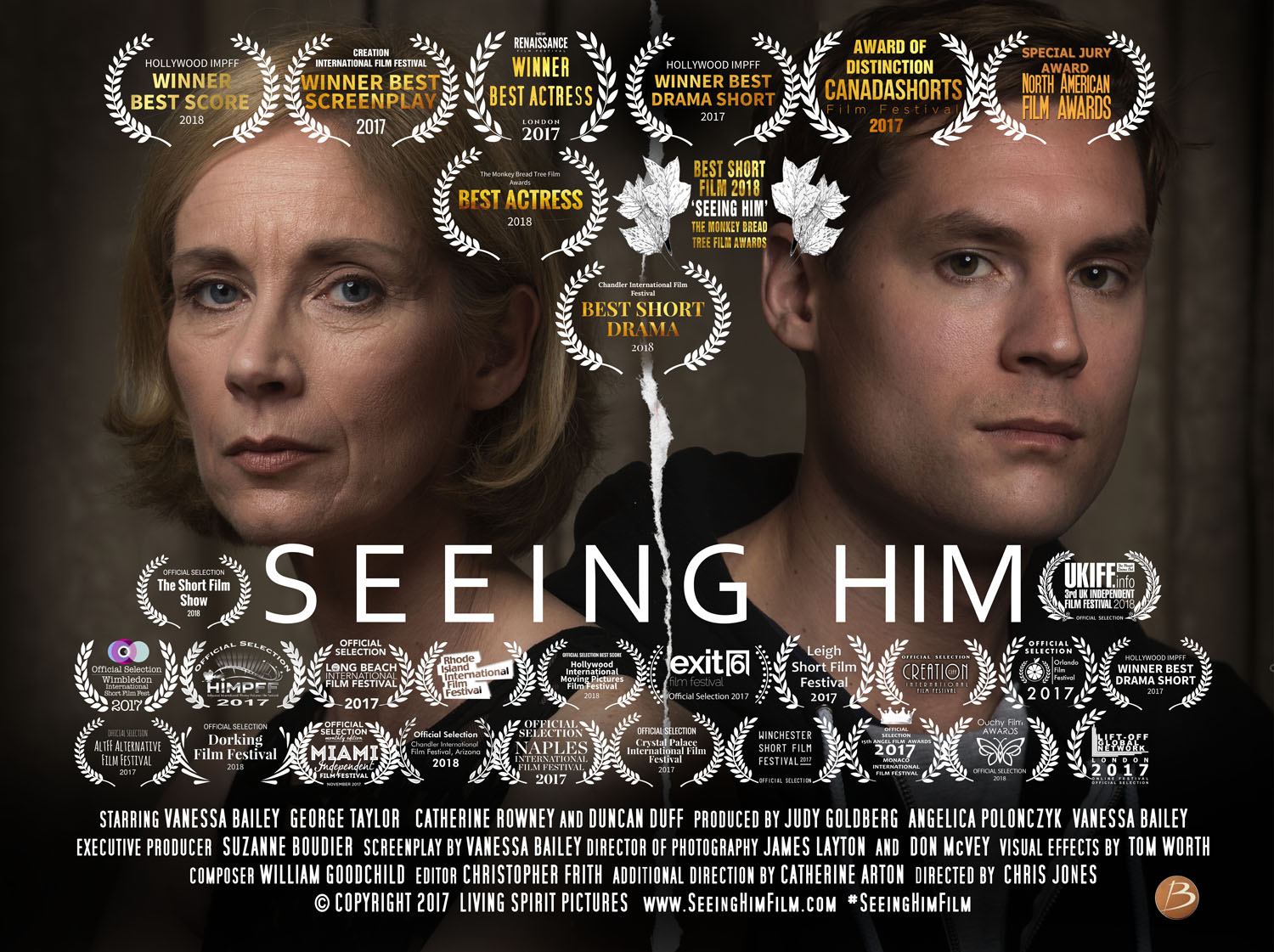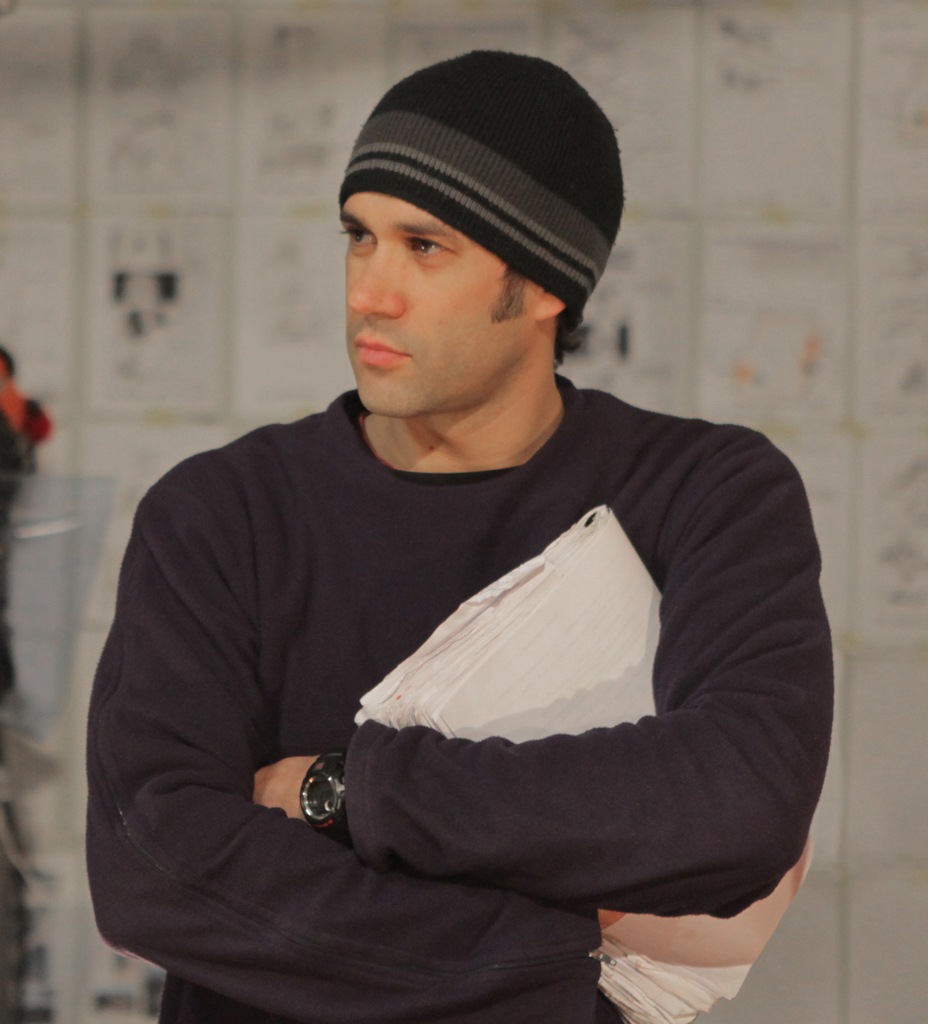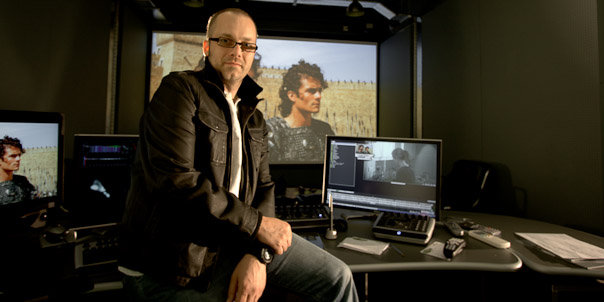ASK & DISCUSS
INDEXI'm writing a script that is part black & white and part colour. How do you write this in the script?
9 years, 1 month ago - Luke Hazelwood
It's about a girl who goes from a normal life to a broken life and the psychological effect on her.
Only members can post or respond to topics. LOGIN
Not a member of SP? JOIN or FIND OUT MORE
9 years, 1 month ago - Paddy Robinson-Griffin
Hi Luke,
This is going to sound a bit finicky, but bear with me...
The script isn't in black and white or colour. The script is the story and the words. The actualisation of the script is what may have different techniques in presentation. If you're directing as well, this may seem an unnecessary distinction, but...
A script could be made by 5 different directors and get 5 different films. What you imagine as mono/colour could be too heavy-handed and actually work better with using colour palette cues, or sounds, or particular props, or perspective, or even with a rejig be left without cues so the audience have to work at it.
Your script is to communicate with the director and cast, so make it simple - maybe use (POV) in scene setups to show it's from her point of view (figuratively if not literally). Or something that communicates even more clearly - what's important is that it is consistent and clear to the reader.
9 years, 1 month ago - Karel Bata
Agree totally with Paddy. And I'm going to guess that you may also have camera directions? That's all the director's job. And since no professional script-writer does that, including it makes your script look a bit amateur.
9 years, 1 month ago - Stephen M. Hunt
My WWII short script "US Navy Cine-Kodak" includes black and white material shot by the eponymous camera and I stipulated this in the script as follows; INSERT: Kodak's POV; unsteady, silent, black and white shots
of pavement, a terraced house then bodies of a slaughtered young family on the doorsteps. END INSERT. This short script has won 15 1st prizes in world-wide screenplay competitions and film festivals. The only comments I've received about my black and white stipulations have been praise, and lots of it. That said, "US Navy Cine-Kodak" is all about the use a WWII camera is put to so distinguishing material shot by the WWII camera is absolutely vital in keeping the story line coherent. So the real issue here is why you want to switch from colour to black and white - if its just something you think might look good then you'd certainly be better off forgetting all that and just trust in the strength of your story to make an impact.
9 years, 1 month ago - Vanessa Bailey
Paddy and Karel are bang on the money - cinematography is never the scriptwriters call. Same goes for how to deliver lines, costume (unless integral to the plot and then only with license for the wardrobe dept to interpret), actions and anything else that is essentially someone else's department. Yes, believe in the strength of your story, don't get locked into any one way to interpret it and free other creatives up to bring their voice to the project. Ultimately a good DOP and director will bring far more to the script than we as writers can ever imagine :)
9 years, 1 month ago - Alice Charles
Read the scripts for The Wizard of Oz or the CSI pilot - both switch from colour to black and white. You can download movie scripts for free from Drew's Scriptorama and TV scripts from Lee Thomson's site http://leethomson.myzen.co.uk/
You can also order them from Scriptcity.com
9 years, 1 month ago - Stuart Wright
While story is the most important aspect and cinematography per se isn't your worry but... I think you're idea that you're exploring seems to want a little artistic freedom on the page to convey it fully and to help the reader... It's a very stark switch from to the other and if it makes the reader's life easier then all good IMHO... It's not like you DoP'g the entire film page after page... You're making a stylistic choice to express a theme... You may feel confident enough to drop it when you've done a few drafts anyway.
If I was attempting this I'd just be consistent, but keep in mind you don't expect how you've tried to present it to end up being the finished film for the reasons described above such as colour / B&W being too heavy handed or the vision of a director/producer you hook up with...
Along the theme of what you're doing.... I interviewed a writer/director about a B & W short film recently... He shot it in colour but moved to monochrome/colour blend in the edit because it worked better and it was hard to see that on the page.
9 years, 1 month ago - Dan Selakovich
I agree with both Paddy and Stuart (yep, I have many internal conflicts). If you're using it as a style important to the story, I don't see much wrong with it. BUT it better be the best use of this ever in the history of film. There was a short lived and crappy style that started with MTV interviews when they would alternate between B&W and color for absolutely no reason. Anyone reading your script might have a negative reaction to its use because of that. Even though any producer or studio that buys your script can discard the style, it will make it a harder sell. Distributors don't touch anything with B&W, so why hobble a potential sale with it? And if you start the film in B&W, no one that matters will read beyond page one. In the end, scripts are meant to be read. I would personally find it annoying, much like camera direction. It would be like reading with a bad case of the hiccups if you used it a lot.
I wouldn't bother. Truly. As others have pointed out, what if these scenes played and looked better with a bluish look instead of a B&W look? Or a washed out look? Or anything your heart desires? These are things that can be explained to a director once production starts. What you want could be done in post with no problem whatsoever.
Hey, look at that! I agreed with Paddy, after all. Figures. He always makes sense.
If you're determined to use it, and full scenes are B&W or color, I would do it this way:
INT. BAR -- NIGHT (B&W)
Then write a short explanation in italics the FIRST time you use it, and only explain it ONCE.
If you are changing color between cuts, use it in the CUT TO on the right side of the page: CUT TO COLOR:
With the same explanation in the description. (I REALLY hope you aren't doing this in cuts within a scene!)
9 years, 1 month ago - Paul Campion
Both Schindler's List and Pleasantville scripts both use black and white and colour:
IN BLACK AND WHITE:
EXT. RURAL POLAND - SMALL DEPOT - DAY
A small depot set down against monotonous countryside in the
far hinterlands of rural Poland.
Then later:
As a hand comes down stamping a gray stripe across a
registration card, there is absolute silence... then MUSIC,
the Hungarian love song, "Gloomy Sunday," distant, like an
echo... and the stripe bleeds into color, into BRIGHT YELLOW
INK.
And Pleaantville:
CUT TO:
1958
Birds are chirping. The sun is shining. All the hedges are neatly
pruned and the lawns are perfectly manicured. A sweet stillness
hangs over the SUBURBAN STREET, which is bathed in beautiful BLACK
AND WHITE.
There aren't any hard and fast rules. Is the colour change a necessary part of the storytelling, or just how you'd like the visual aesthetic to be. Are you planning on directing it, or is someone else directing, in which case they may have a completely different opinion.
9 years, 1 month ago - Charles Harris
I wouldn't be too purist about all this. Sometimes you just want to add a bit of style, to wake up the reader's visual imagination. Nothing wrong with that, as long as it doesn't get in the way of reading. All the examples quoted are very readable.
However, you don't say if you're intercutting colour and B/W or not. What you say implies that the film shifts at a certain point from one to the other. That's much harder to pull off than intercutting, because the audience hasn't been prepared. Note that, if I'm not mistaken, all the examples given intercut between the two, although Pleasantville has long periods of B/W.
Say it how you want it, in the most readable way. If it gets in the way of reading, ditch it. If not, leave it in. The producer and director may be pleased you've thought of a cinematic way of expressing the story. And if they like the story and don't like the effect, they'll do something different anyway!
9 years, 1 month ago - Stuart Wright
I saw Sean Brosnan's My Father Die at Frightfest this year... opening movie intact
It had an extended prologue in B&W that flashed forward to the present in colour... Then any cuts to reimagine the awful past in B&W were easy to spot.
The photography was amazing which helps make it work.
On the page it would be hard to see it any other way than how you interpret it based on references of films you've seen
9 years, 1 month ago - Lee 'Wozy' Warren
If it's necessary to tell the story and without it confusion would follow, then use it. If the story makes sense and doesn't lose anything because its not included, don't use it. It's all about the readers experience with reading it. If for example, it breaks their line of thought, then it's a distraction. If they have to question it in their mind, then you've already lost them.
Each reader, be it a producer, agent, studio or industry reader... is looking for something slightly different. You can't make everyone happy. But you can minimise any distractions they may have.
But keep it simply and consistent!
My 2c worth.
Wozy
9 years, 1 month ago - Jon (Jack) Gritton
I'd side with Paddy. Scripts are about the words, nothing else and I agree with Karel that when I read a script that contains direction or specific camera instructions, I find it extremely off-putting.
If the script is good, then a decent director and/or cinematographer should be able to pick up the change you're trying to convey, and they may well choose to go down the colour change path, if they don't, it's possible the idea wouldn't work anyway. I personally wouldn't include it in the script itself; if you become involved in the production and have a chance to talk to the director early on, feel free to mention your idea, but be prepared for it to be put to one side.


